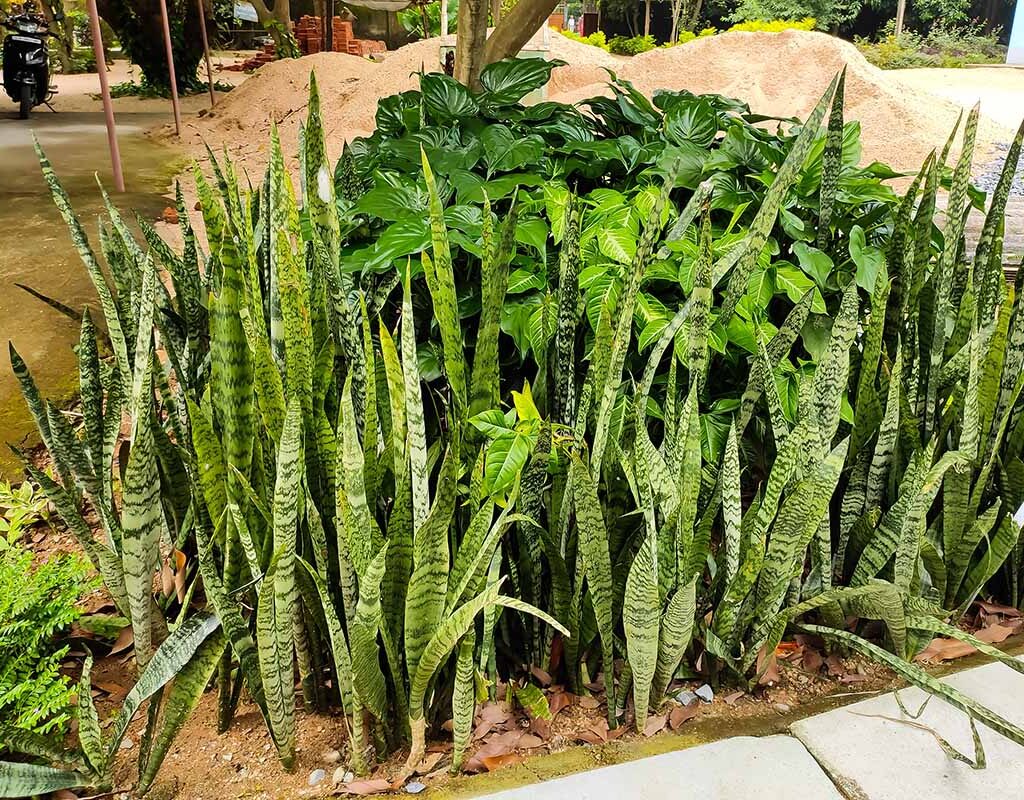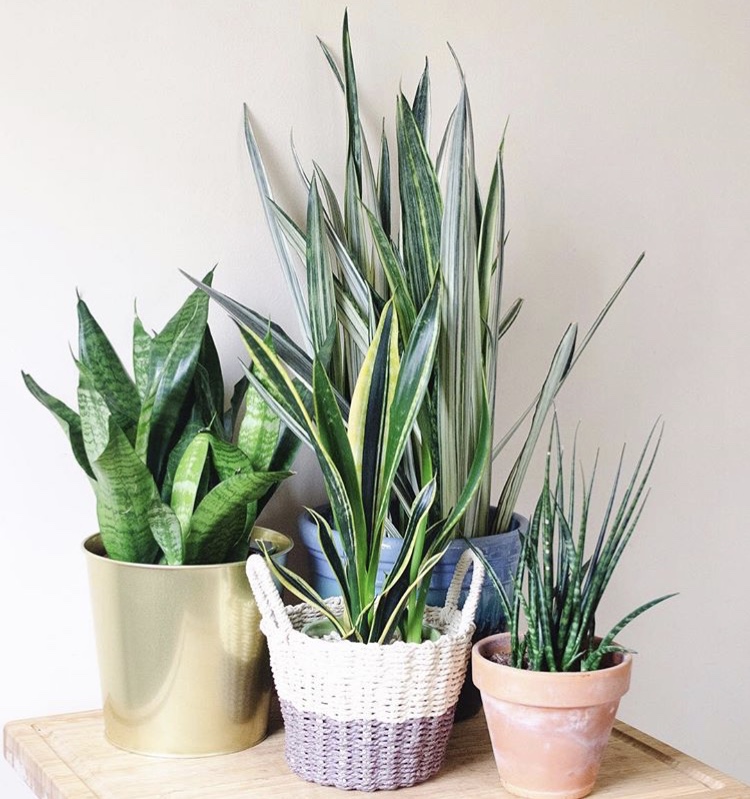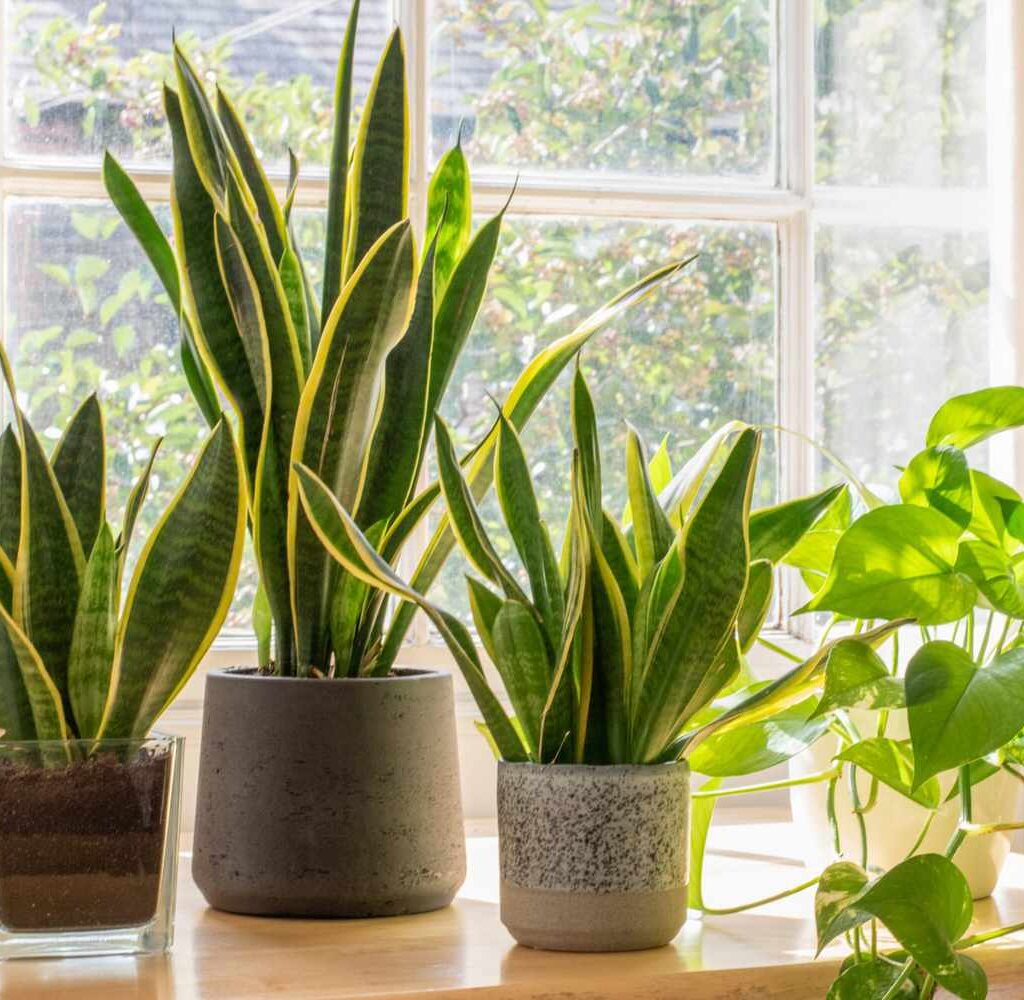The snake plant (Sansevieria trifasciata), also known as mother-in-law’s tongue, is a resilient, stylish, and beginner-friendly houseplant that’s perfect for modern homes. Native to West Africa, this hardy species is loved for its architectural beauty, air-purifying properties, and minimal maintenance needs. However, even a tough plant like the snake plant needs the right care to thrive. If you’re new to plant parenting, this guide will walk you through the essentials of snake plant care—starting with watering and extending far beyond.
Why Snake Plants Are Perfect for Beginners

Before we dive into the care routine, it’s important to understand why snake plants are so popular:
- Low Maintenance: Can survive weeks without watering.
- Air Purifier: Filters indoor air, removing toxins like formaldehyde and benzene.
- Adaptable: Tolerates low light and neglect.
- Stylish Look: Fits into any décor with tall, upright, variegated leaves.
These characteristics make it an ideal houseplant for homes, offices, or dorm rooms.
Understanding Your Snake Plant’s Needs

Despite their easygoing nature, snake plants still have specific requirements. These needs vary slightly depending on indoor climate, potting medium, and light conditions.
1. Light Requirements
Snake plants do best in:
- Bright, indirect light (ideal for optimal growth)
- Can tolerate low light but may grow slower
- Avoid direct sunlight for long hours—it can scorch the leaves
If you’re placing the plant indoors, a spot near an east-facing window is perfect.
Watering Basics: Less Is More

Watering is the most common area where new plant owners go wrong. With snake plants, overwatering is far more dangerous than underwatering.
How Often Should You Water?
- Summer (growing season): Every 2–3 weeks
- Winter (dormant season): Once every 4–6 weeks
- Always check if the soil is completely dry before watering again
How to Water Properly
- Use room-temperature water.
- Water the soil directly, not the leaves.
- Allow excess water to drain from the pot. Never let the plant sit in standing water.
- Use pots with drainage holes to prevent root rot.
Signs of Overwatering
- Yellowing or mushy leaves
- Foul odor from the soil
- Root rot and plant collapse
Signs of Underwatering
- Dry, wrinkled, or crispy leaves
- Soil pulling away from the edges of the pot
In general, it’s safer to underwater than overwater a snake plant.
Potting Mix and Container Tips

The right soil and container can drastically affect your watering schedule and overall plant health.
Ideal Potting Mix
Use a well-draining soil such as:
- Cactus/succulent mix
- DIY blend: 2 parts potting soil + 1 part sand/perlite
Choosing the Right Container
- Opt for terra cotta or clay pots that allow the soil to dry faster
- Make sure the pot has drainage holes
Fertilizing Your Snake Plant

Snake plants don’t need frequent feeding, but a little nutrition helps them grow stronger during the growing season.
- Use a balanced liquid fertilizer (10-10-10 or similar) diluted to half strength
- Apply once a month from spring through summer
- Avoid fertilizing during winter months
Too much fertilizer can burn the roots, so always follow label directions.
Pruning and Cleaning
Snake plants are low-maintenance, but occasional grooming keeps them looking their best.
Pruning Tips
- Remove damaged or yellowing leaves at the base using clean scissors
- Trim leaves that are too tall or floppy to maintain shape
Cleaning Leaves
Dust on the leaves can interfere with photosynthesis. Wipe gently with a damp cloth every few weeks.
Repotting Snake Plants
Although they like being a bit root-bound, you’ll need to repot your snake plant every 2–3 years.
Signs It’s Time to Repot
- Roots growing out of drainage holes
- Soil dries too quickly
- Pot is visibly cracked or deformed
Repot during spring using fresh soil and a slightly larger container.
Common Problems and Troubleshooting
Even hardy plants can run into issues. Here’s how to identify and fix the most common snake plant problems:
| Problem | Symptoms | Solution |
|---|---|---|
| Overwatering | Yellow, mushy leaves | Let soil dry, trim rotted roots, repot |
| Underwatering | Dry, brittle leaves | Water thoroughly and adjust schedule |
| Poor Light | Stunted growth, pale leaves | Move to brighter, indirect light |
| Pests | Brown spots, sticky leaves | Inspect regularly, treat with neem oil or insecticidal soap |
Propagating Snake Plants
One of the joys of snake plant ownership is how easy they are to propagate. Great for expanding your collection or gifting.
Propagation Methods
- Leaf Cuttings in soil
- Cut a healthy leaf and let it callous for 1–2 days
- Plant in dry soil and water lightly after a week
- Division
- Remove the plant from the pot
- Separate clumps with roots attached
- Replant each section in fresh soil
Propagation is best done during the spring or early summer.
Snake Plant Benefits Beyond Beauty
Snake plants aren’t just decorative—they also provide practical benefits:
- Air Purification: Absorbs toxins like formaldehyde and xylene
- Oxygen Production: One of the few plants that release oxygen at night
- Feng Shui Value: Believed to bring protective and purifying energy
With so many upsides, this plant is both a lifestyle choice and a décor win.
Final Thoughts
Caring for a snake plant doesn’t require a green thumb—just a little knowledge and observation. Start by mastering the watering routine and gradually explore more advanced care like fertilizing and propagation. Their forgiving nature and visual charm make them an ideal companion for any indoor space.
Key Takeaway: When it comes to snake plant care, less is more. Over time, you’ll develop a rhythm and connection with your plant, making the experience both rewarding and refreshing.





